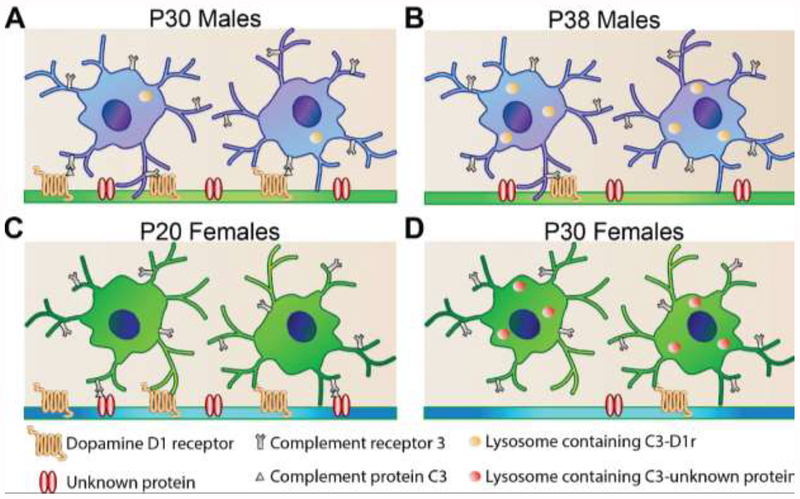Figure 4. Immune processes regulating sex-specific adolescent development in the nucleus accumbens.
(A) In early adolescent male rats (P30), dopamine D1 receptors (D1rs) associate with the “tagging” protein, complement C3. Microglia, the only intra-parenchymal brain cell expressing the receptor for C3 (Complement receptor 3, often referred to as CD11b), recognize the C3 tag and phagocytose the C3-D1r complex. (B) By mid-adolescence (P38), D1r levels have decreased and C3-D1r content can be detected inside microglial lysosomes. This collective process results in a decrease in social play behavior in males. (C) D1r levels decline between pre- and early-adolescence (P20-P30) in female rats, but D1r downregulation is not associated with microglia and C3 immune signaling. (D) Rather, there is an as yet unknown protein that is regulated by C3-microglial interactions, and this process regulates basal levels of social play in females.

